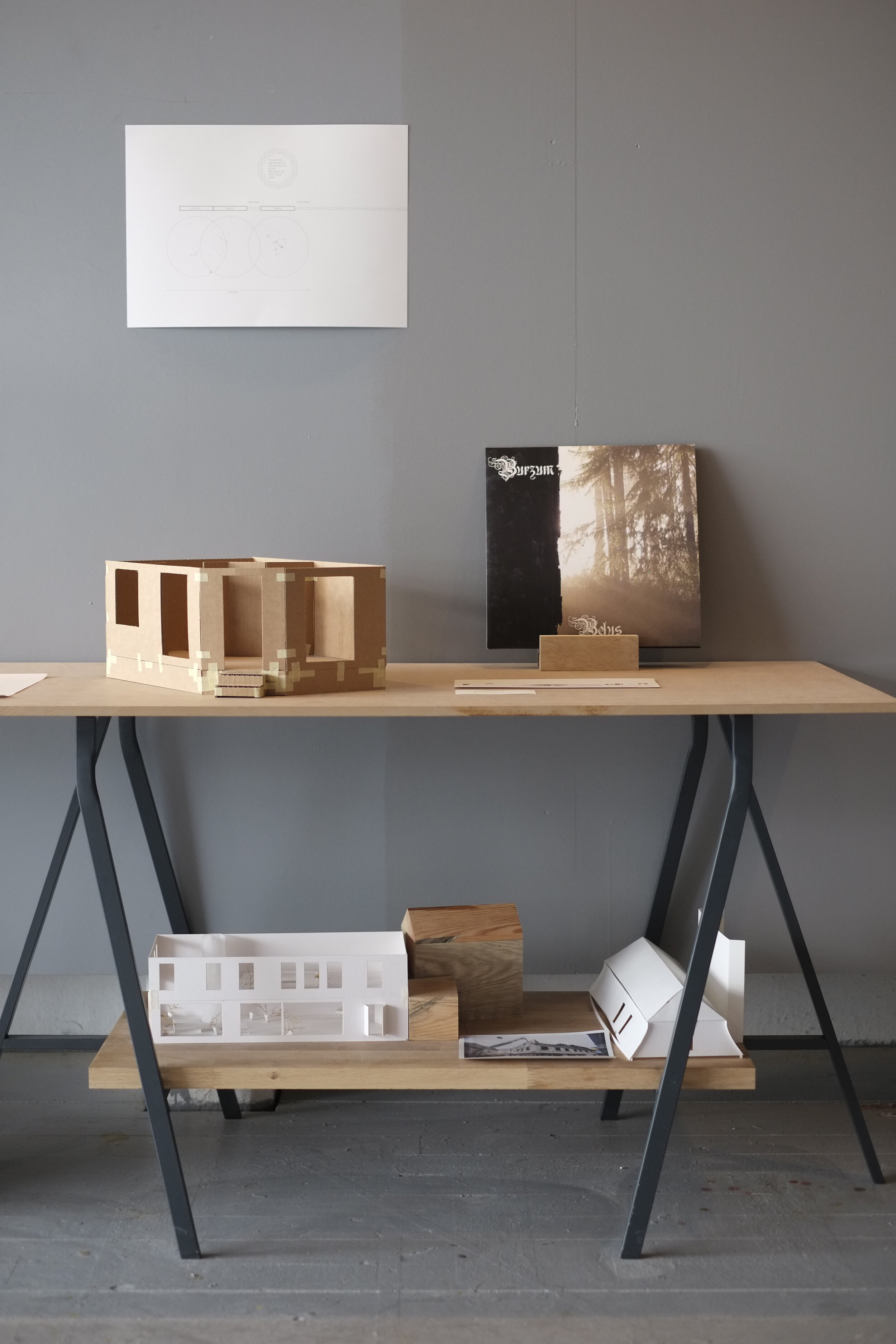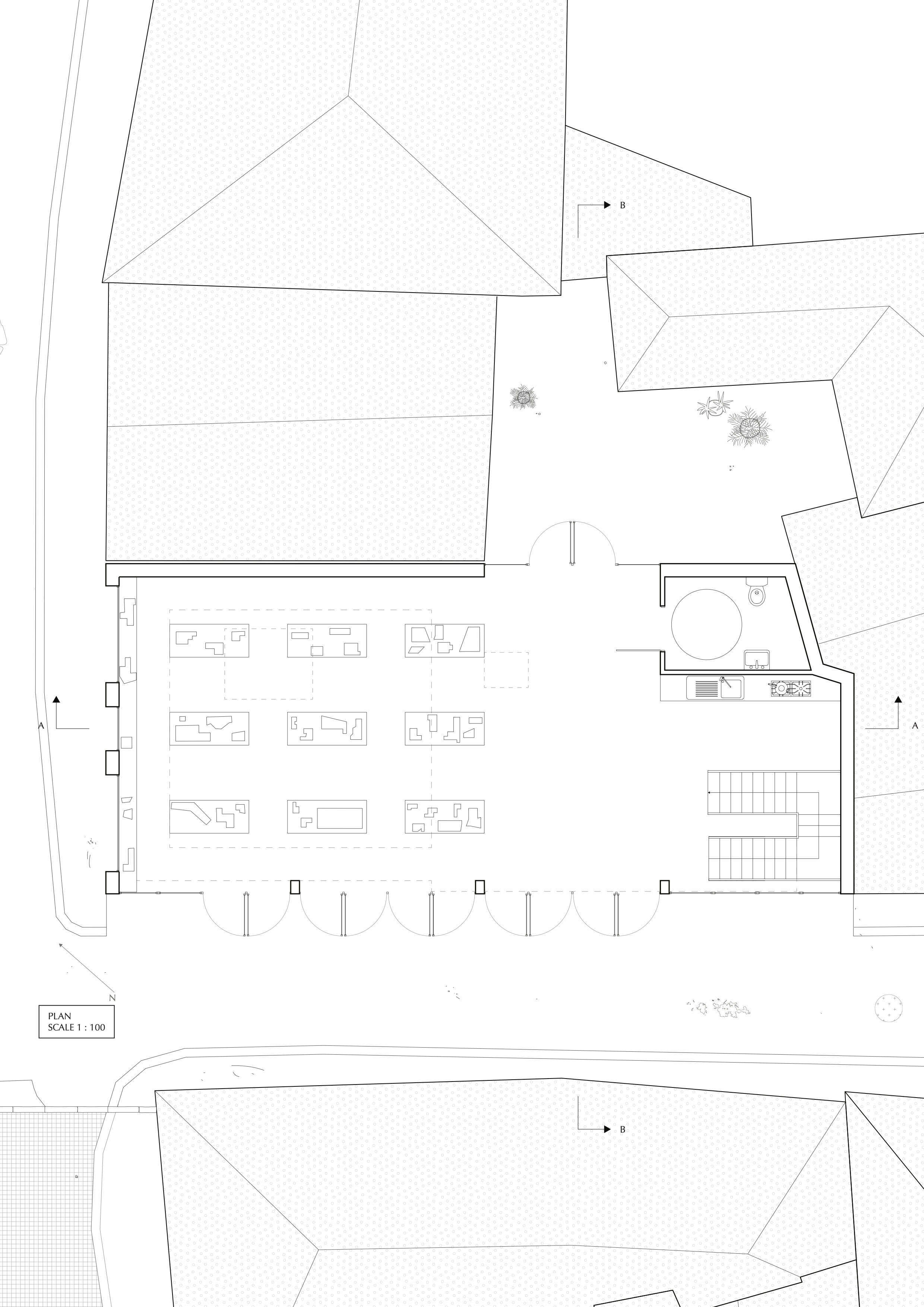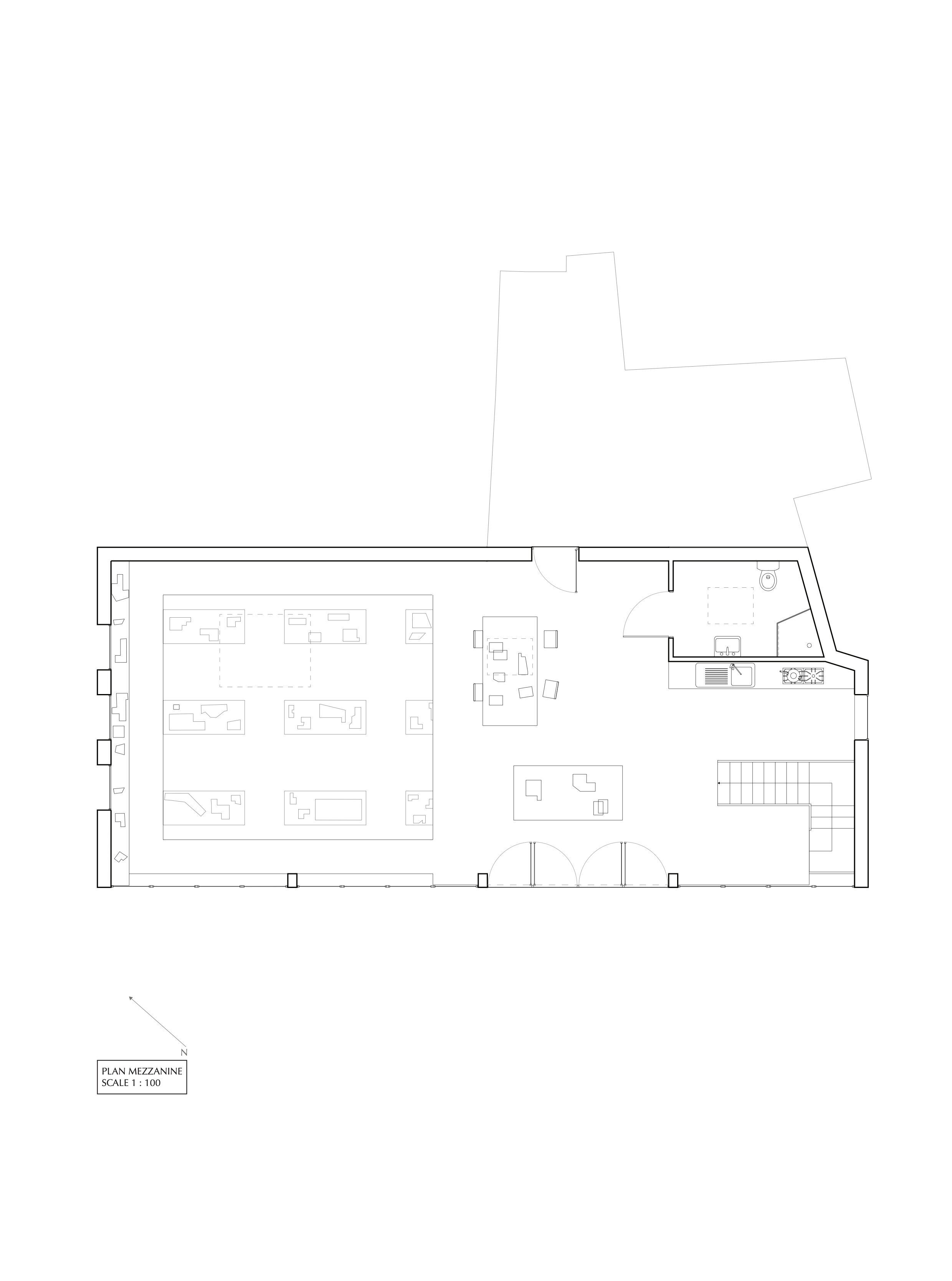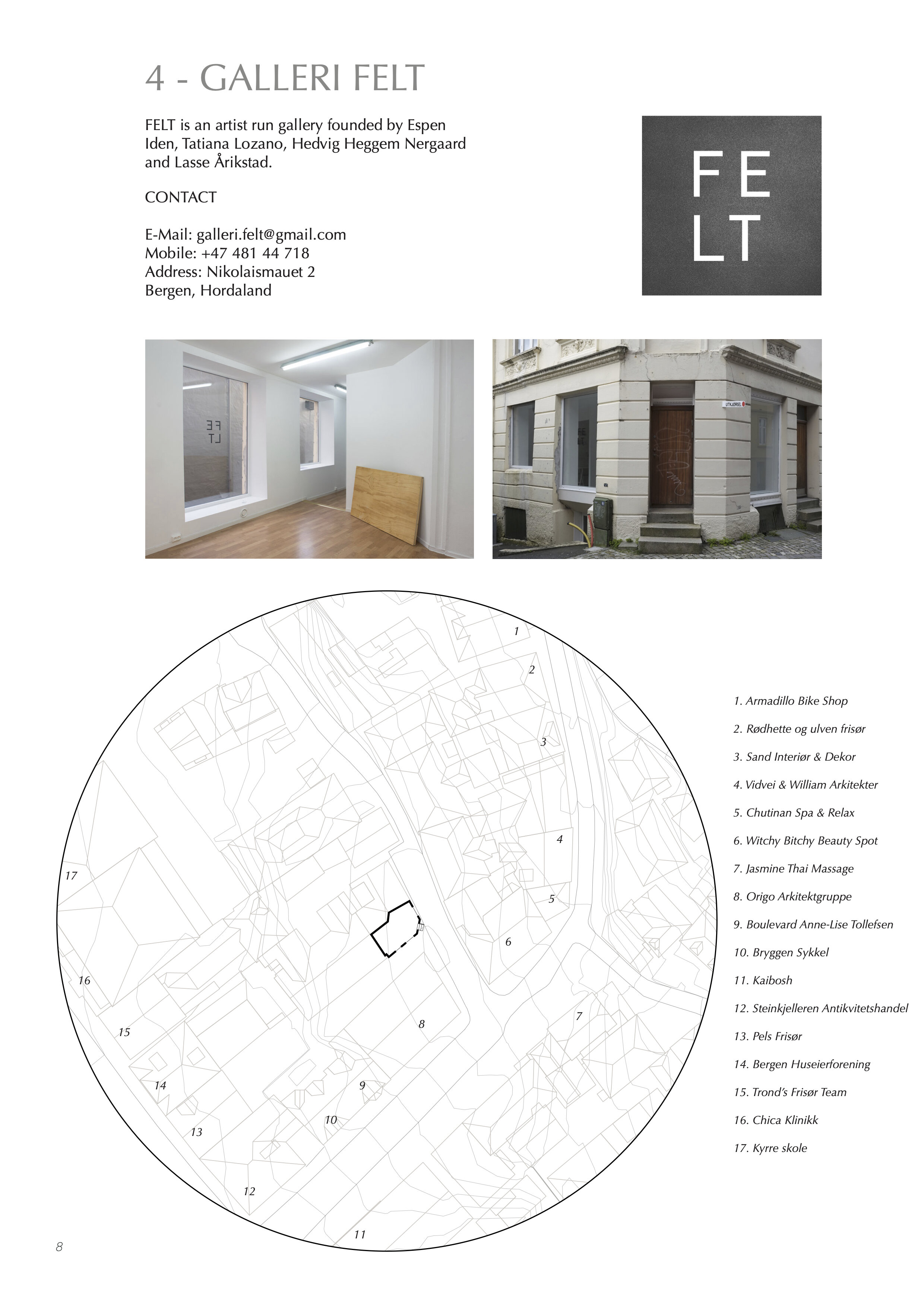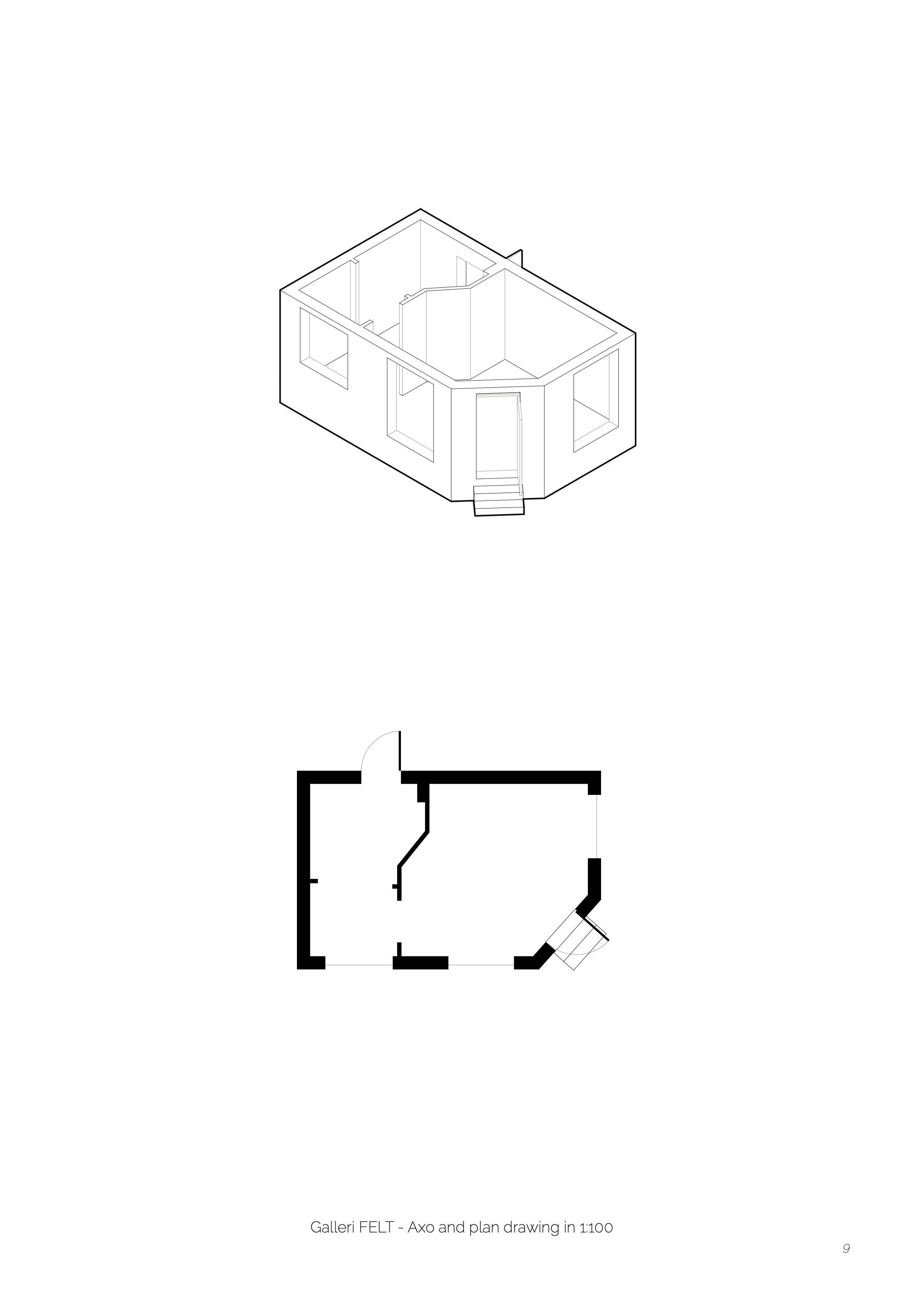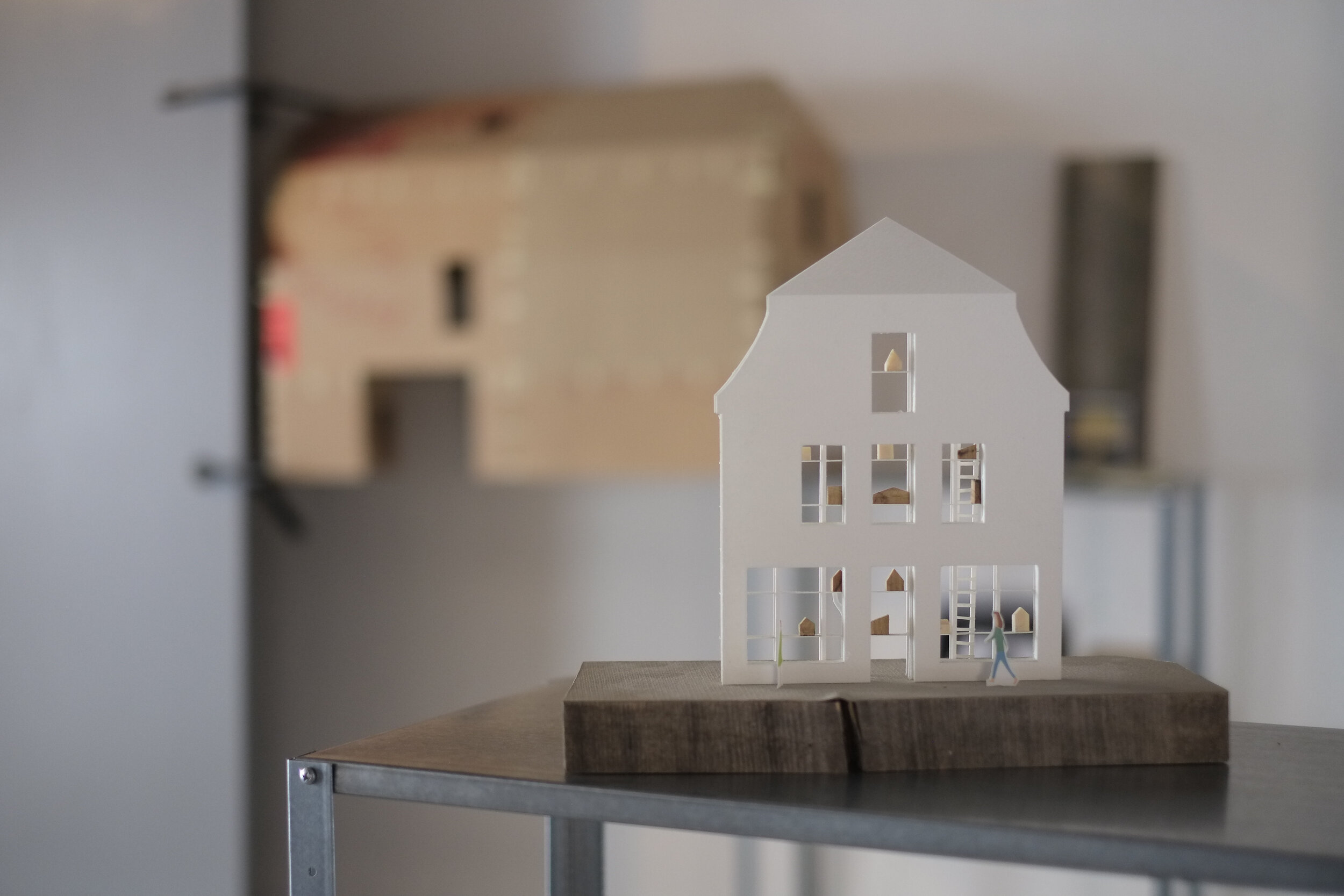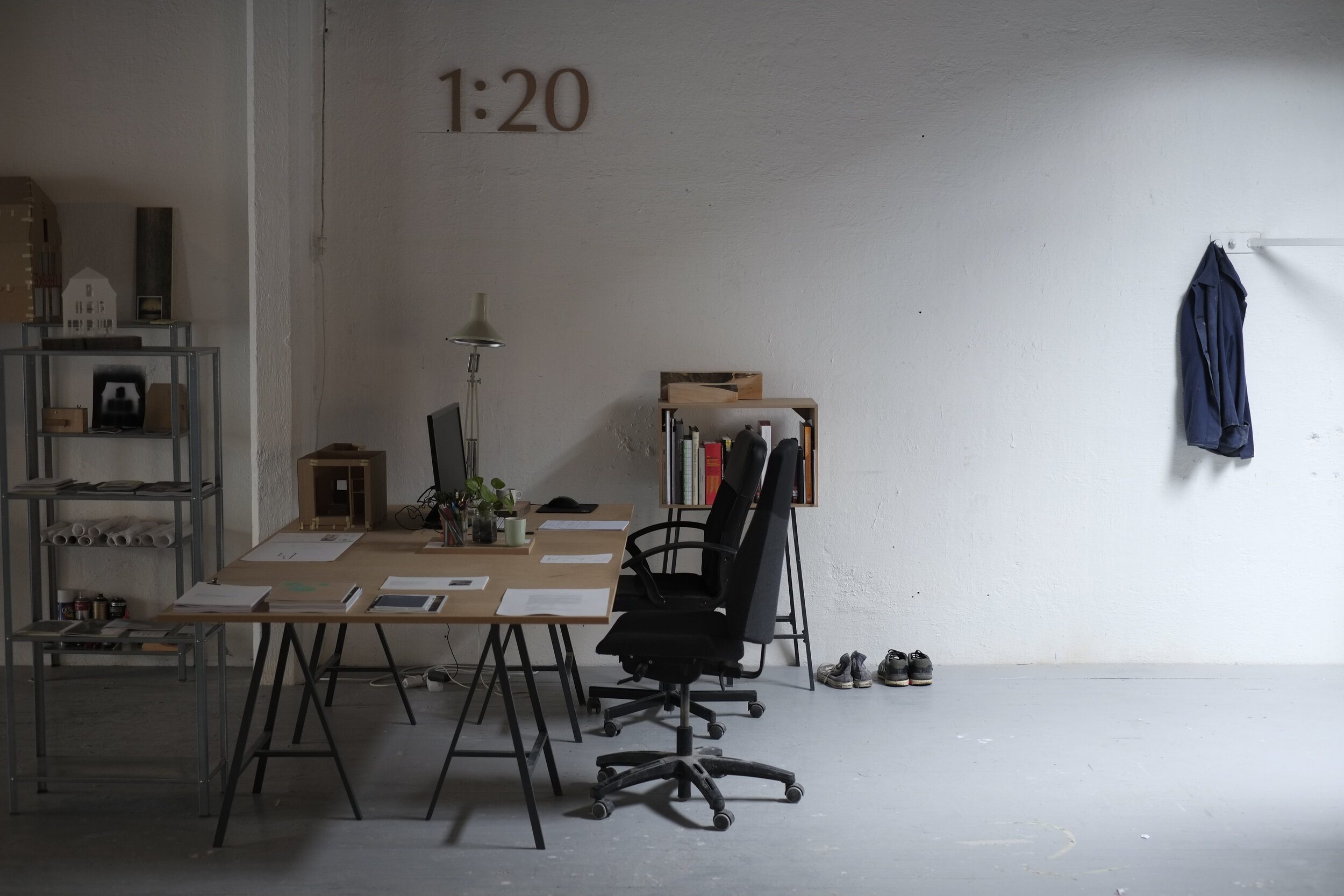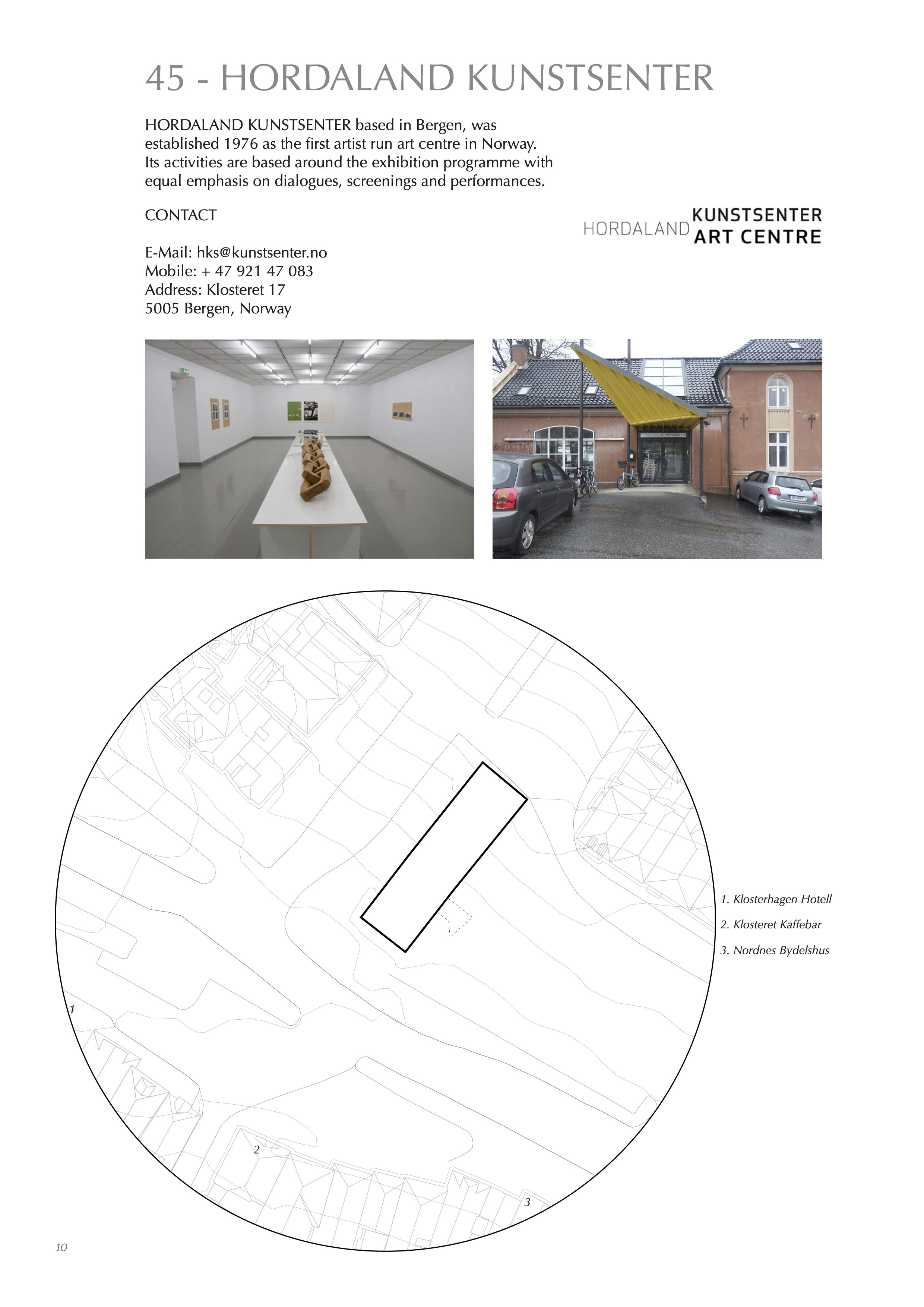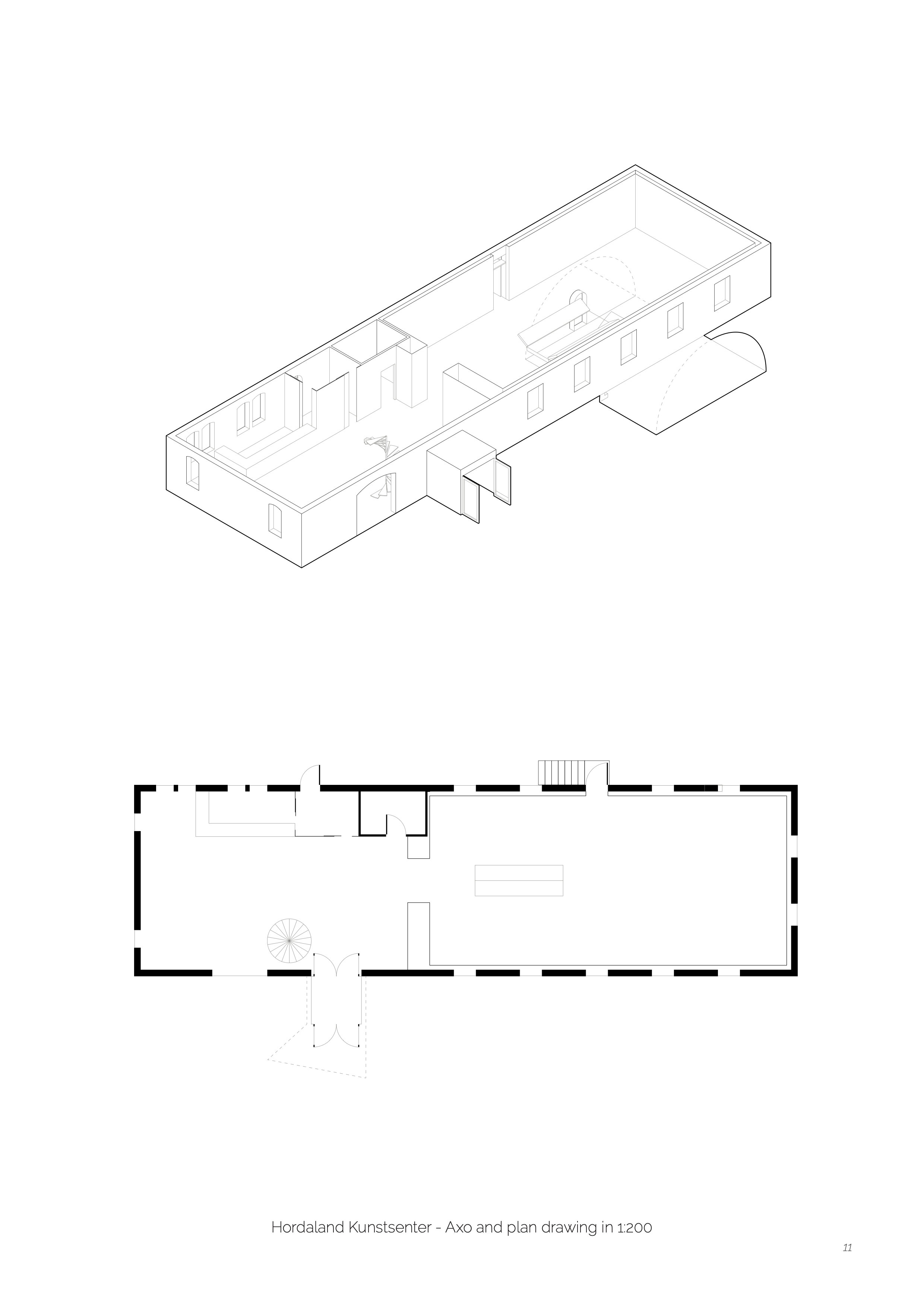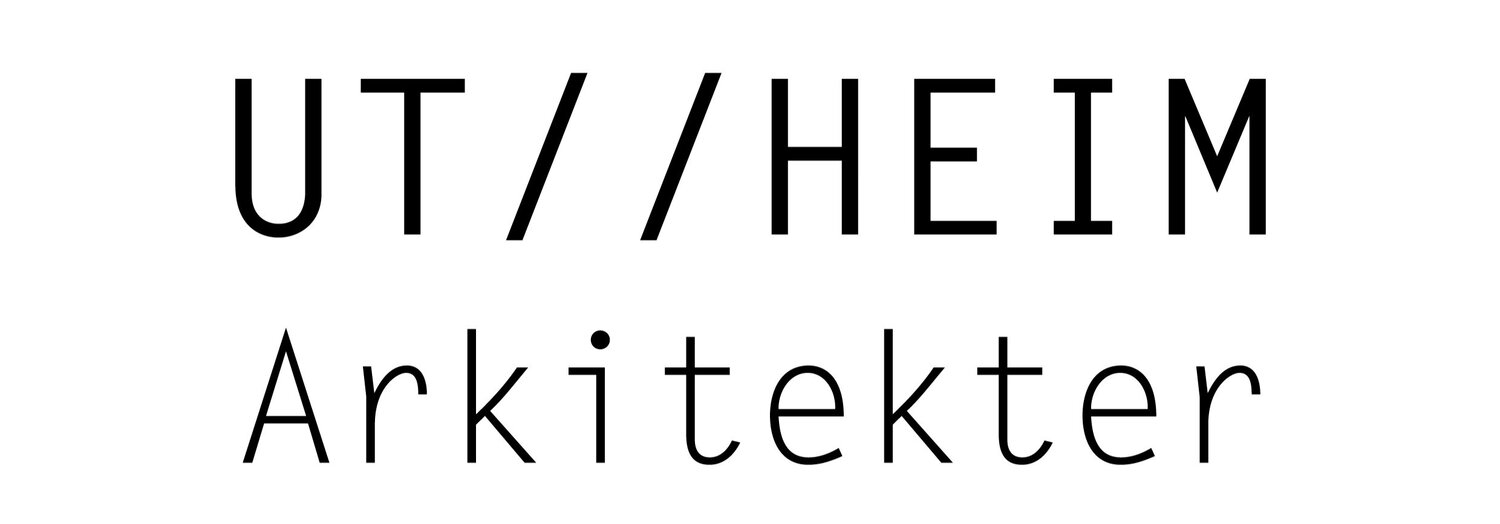1 : 20
Room logistics for the art scene in Bergen
Sted: Bergen, Norge
År: 2017
Type: Diplomprosjekt Bergen Arkitekthøgskole, i samarbeid med Audun Hammersland
Status: Ferdig
The Art scene in Bergen is pretty good. The quality of the artistic output holds a high international level. One factor in this is the municipal plan: Bergen city of the arts. This plan was first launched in 1998 after an artist led initiative taking place in the early 90’s. The art plan focuses solely on the professional sector of the arts milieu and the goal is to make Bergen an attractive place to work and live as a professional artist.
Still, the most important factor is clearly the artists themselves, but we acknowledge the need for an apparatus of facilities, resources and communication to be present for the art scene to reach such a high level.
A new plan was released in 2008. Bergen City of the Arts 2008-2017 had one very clear objective: Making Bergen the most interesting and innovative city for art and culture in the Nordic countries by 2017.
The plan states strategies as “Ensure artistic freedom and independence”, “Ensure improved conditions for art and artists”, “Strengthen conditions for competent criticism and commentary” and “Emphasize and strengthen the role of art in creating a sense of identity in a diverse and multifaceted city”.
What is the city’s approach to architecture when writing the arts plan? By architecture we mean the rooms that are currently being used as a very important tool for producing and performing the art that undeniably puts Bergen on the map. The
plan points out the “Insufficient number of production facilities and flexible venues in all disciplines”, but no research on existing rooms and their potential regarding sharing, multi-use or reprogramming is presented.
This project is about our experience with Bergen as an art city and how we have acted on it. What can we as architects do that can add value to an already pretty good situation? What we find interesting about the art production is how it has the ability to adapt to changes. This can be seen by looking at how rooms are used for completely different purposes than normal during festivals. We call this cross use, and we find this a really fascinating value for the city.
We have through making of a Bergen art city-calendar identified pressure points during the year of when the infrastructure of rooms in Bergen are under most pressure. This is during festival times. Through visits and talks with artists we have also identified another pressure which is independent from the calendar. The material pressure. The accumulation of art in ateliers and studios.
By establishing two archives we aim to facilitate for an art scene that can continue to evolve in the direction its heading. Both archives are open and moving with the art scene. One archive is of rooms, because we would like make more cross use easier by making all rooms available in one place. The other is of art that is neither in a create or show state. We want to give value to otherwise stored away art by archiving it in a show/archive manner.

